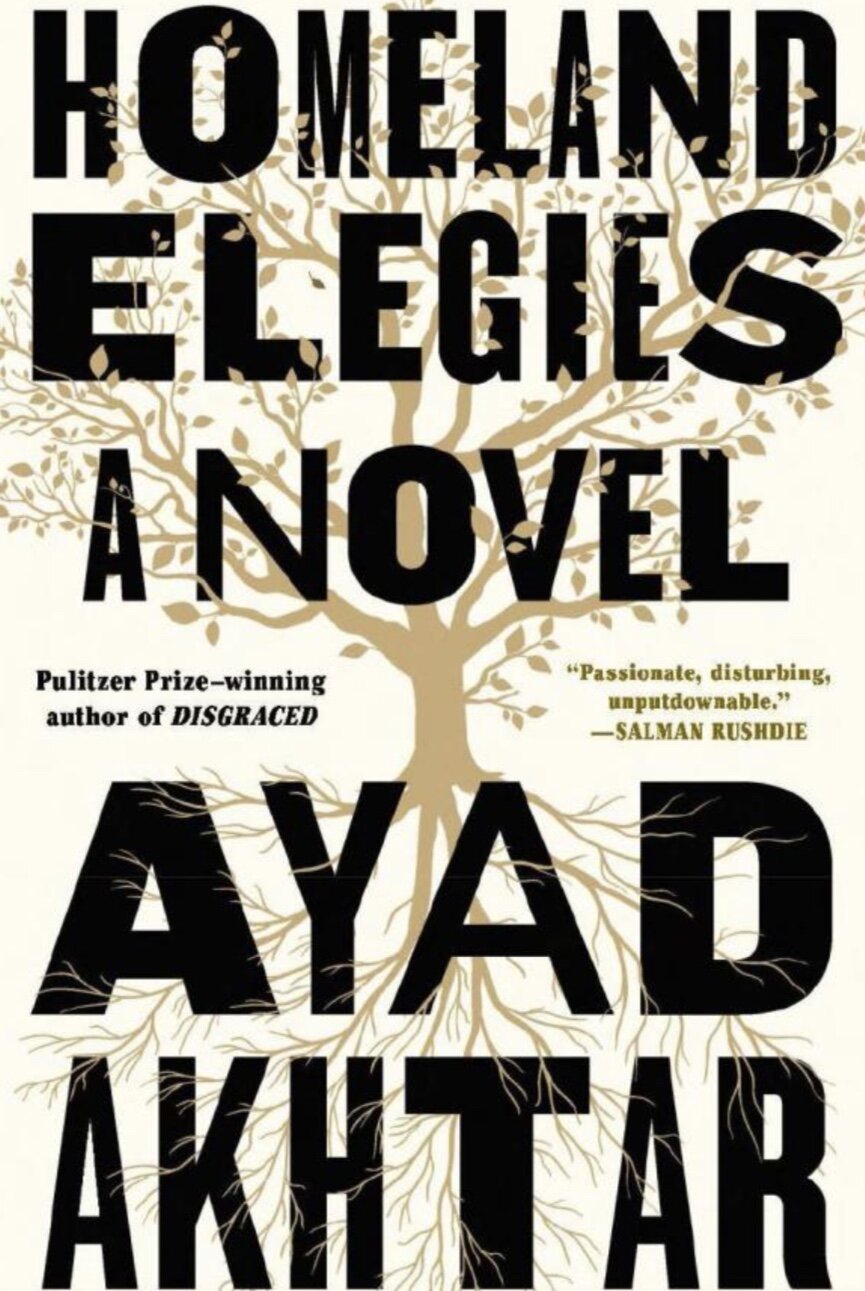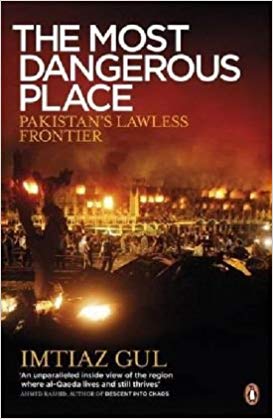Brick Lane by Monica Ali (Scribner)
Mymensingh District, East Pakistan, 1967. “Rupban screamed white heat, red blood”. Her husband rushed to her side to kill the man who was killing his wife. He knew it was her but when he got there, his sister-in-law, Mumtaz told him to fetch Banesa, a midwife who claimed to be one hundred and twenty years old. Since nobody can remember when she was born and as she was “more desiccated than an old coconut, no one cared to dispute it”.
So begins Monica Ali’s story of family, love, and tradition. Brick Lane is this and more. It is also about fitting into a new society and culture as an immigrant family. The main theme is the conflict between believing in Fate or being able to choose one’s own destiny.
Nazneen was stillborn, as she had been told all her life. Her mother thought she had a bad case of indigestion. Banesa said she would be happy to prepare for the burial, at an extra cost, but just then the baby let out a yowl. The old woman said it was a death rattle and Rupban could take two routes. Take the baby to the city, a hospital, where they “will put wires on her and give medicines” or “you can just see what Fate will do”.
Mumtaz said of course they would take the baby to the city but Rupban refused, saying “No, we must not stand in the way of Fate. Whatever happens, I accept it. And my child must not waste any energy fighting against Fate. That way, she will be stronger.” Mumtaz had no choice but to accept what her sister said. As Nazneen grew up, she would often hear the story of “How You Were Left to Your Fate”.
Nazneen’s sister, Hasina, was born three days after the death of the midwife. She grew up to be a beautiful girl. When she was sixteen she eloped with the nephew of a sawmill owner and left the family home. For two weeks, their father would sit and wait “cursing his whore-pig daughter whose head would be severed the moment she crawled back”. Needless to say, she never did come back.
Then one day, Nazneen’s father asked her if she would like to see the man she would marry the following month. She refused but out of the corner of her eyes, she saw the photo showing a man who was about forty years old and “had a face like a frog”. They would marry and he would take her back to England to live.
Tower Hamlets, London, 1985. Nazneen has been living in London for only six months. She still can’t speak the language except for a few words. She and her husband live in a neighborhood where a number of other Bengali people live. Her husband has invited his friend, Dr. Azad, to his home for a nice dinner. Nazneen is nervous although “it was only dinner. One dinner. One guest.”
As Nazneen tries to settle into life in a new country, a new culture, she is at times overwhelmed. She would often recite passages from the Qu’ran to settle her nerves. She also receives letters from her sister Hasina who lives a parallel life with Nazneen, trying to find balance and happiness in her own environment
The couple eventually have a son whom Nazneen names Tariq although her husband always calls him Ruku. Unfortunately, Tariq would not live into his adolescent years. The cause of his death remained unknown.
Tower Hamlets, London, 2001. Nazneen and her husband Chanu are now the parents of two young girls. The older one, named Shahana, is the more rebellious of the two. As she grows up in the U.K., she cannot stand it when her father teaches them or talks to them about the greatness of Bangladesh. She always retorts with, “I didn’t ask to be born here”.
Her younger sister, Bibi, is more acquiescent to her father’s demands and always tries to please him. Nazneen also questions her own values about being a good Muslim woman, “a nice village girl. Unspoilt”. She is having thoughts of a younger man while her husband is determined that the entire family will move back to Bangladesh.
Monica Ali really brings to light about what it means to be Muslim in a mostly Christian country. However, I did find her male characters to be rather two-dimensional. As I am not a follower of Islam, I cannot say with confidence how true to life her depictions of the men in this story are. They all seem to be full of pride and believe that their word is law in the family.
Ali also brings to light the plight of Muslim women. Many of their husbands forbid them to work even when the husband’s salary is often not enough to feed the family. Yet, according to the men, if their wife is working, they will be looked down upon as a man who cannot provide for his family and their family would be shamed.
In today’s world, it’s not enough to be “the man of the house”. Tradition is fine and all but we must consider the time and circumstances to find true happiness. At least that it what I believe. ~Ernie Hoyt











